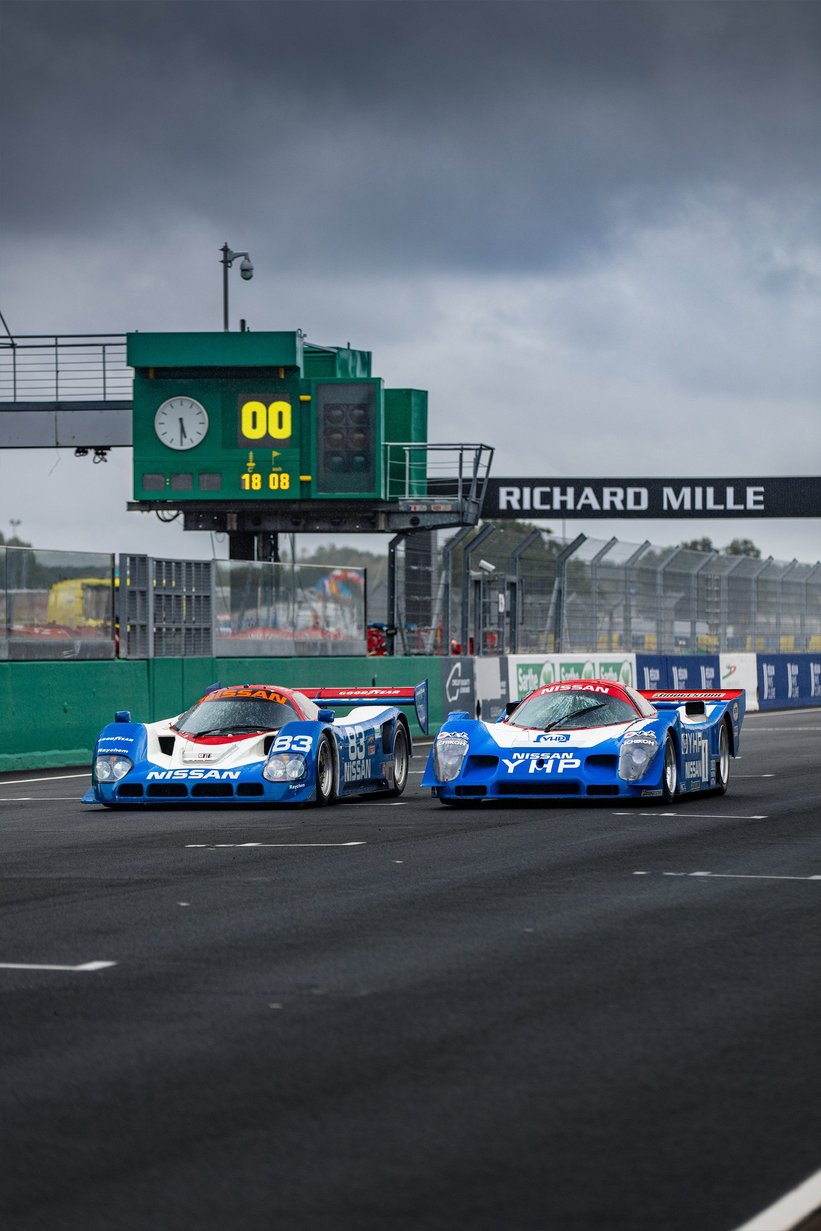
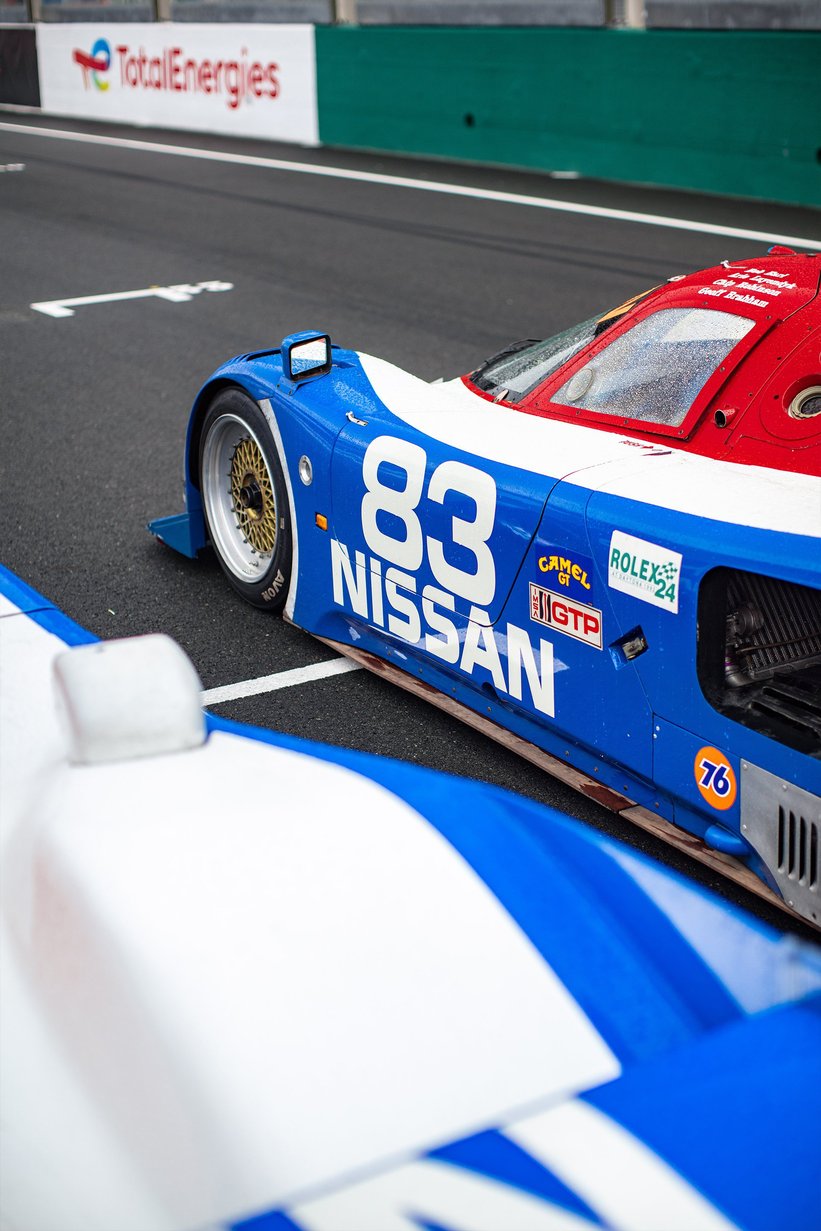
Two uncompromising Group C cars, the Nissan R90CK and R90CP that participated in the golden age of endurance racing in the early 1990s are returning for the first time to Le Mans this weekend. This comeback is thanks to Xavier Micheron, the enthusiastic founder and CEO of Ascott Collection, who coaxed these two factory cars out of the Nissan Collection, where they had been sleeping since the early 90s.
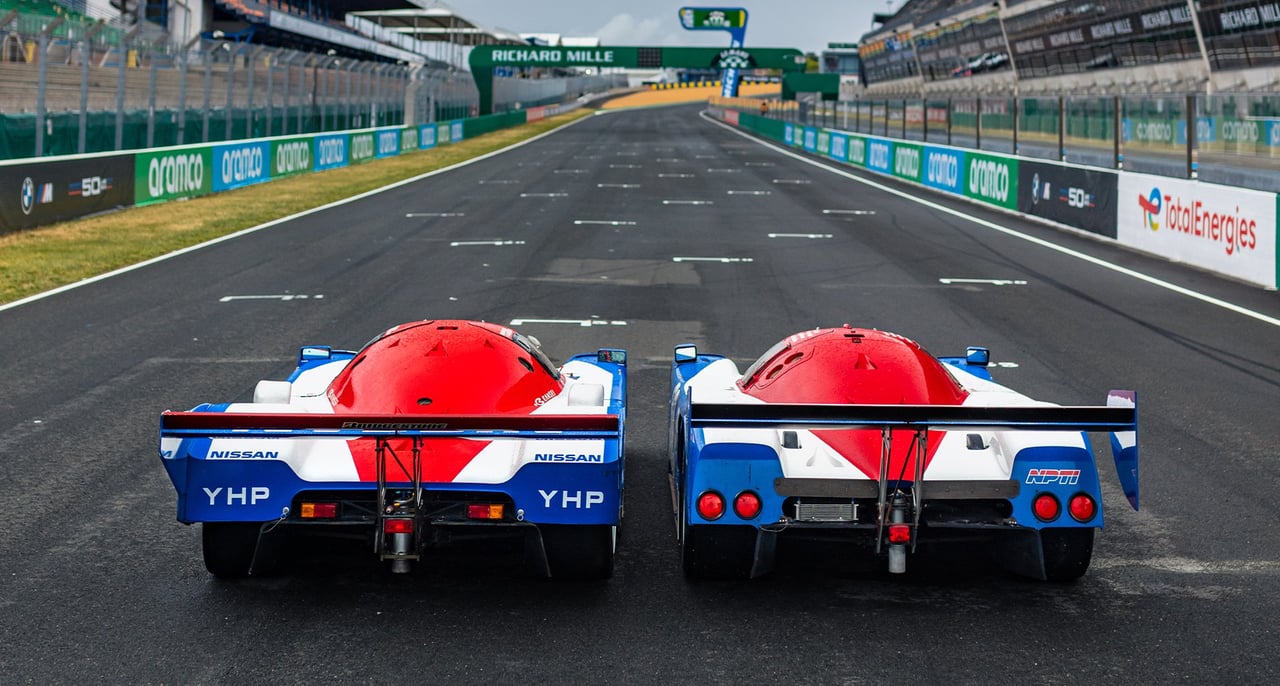
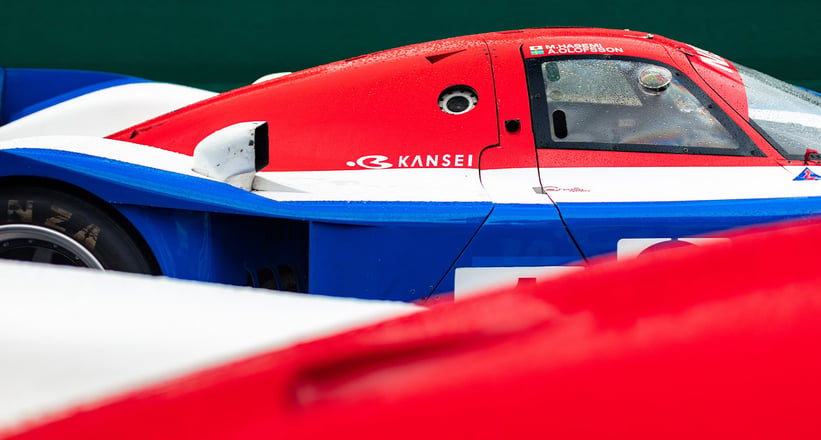

As Xavier tells us, "These two cars are real time capsules, they are in the exact condition they entered the Nissan Collection 30 years ago! The discussions to purchase them lasted two years and were disrupted by Covid, I couldn't even go and see the cars on site! They were real assets for Nissan, but I think their top management has been sensitive to our approach. We want to race them at Le Mans of course, but potentially also at Daytona or elsewhere; as we have done with the Howmet TX I am racing this weekend, the 1981 Lota T600, the Riley & Scott MK3C and others. As the new owner and caretaker of these two fantastic Nissan Group C cars, our goal is to race both of them in the next Le Mans Classic Gr. C race, in one year's time!”
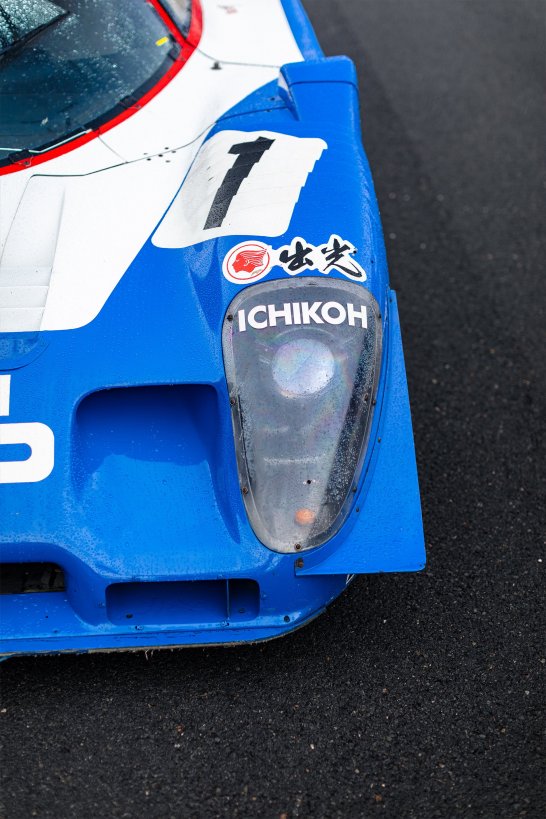

As we all know, Le Mans is a holy grail for any driver, team or manufacturer. In this game, the Japanese have distinguished themselves by their innovations and their perseverance. The two Nissan cars of the Ascott Collection, the R90CP #R89C-01 and the R90CK Rev #R90-C-005, are good examples of such achievements, the first one having raced at Le Mans in 1989 and 1990; the second at Le Mans in 1990 with a smashing speed record and pole position.
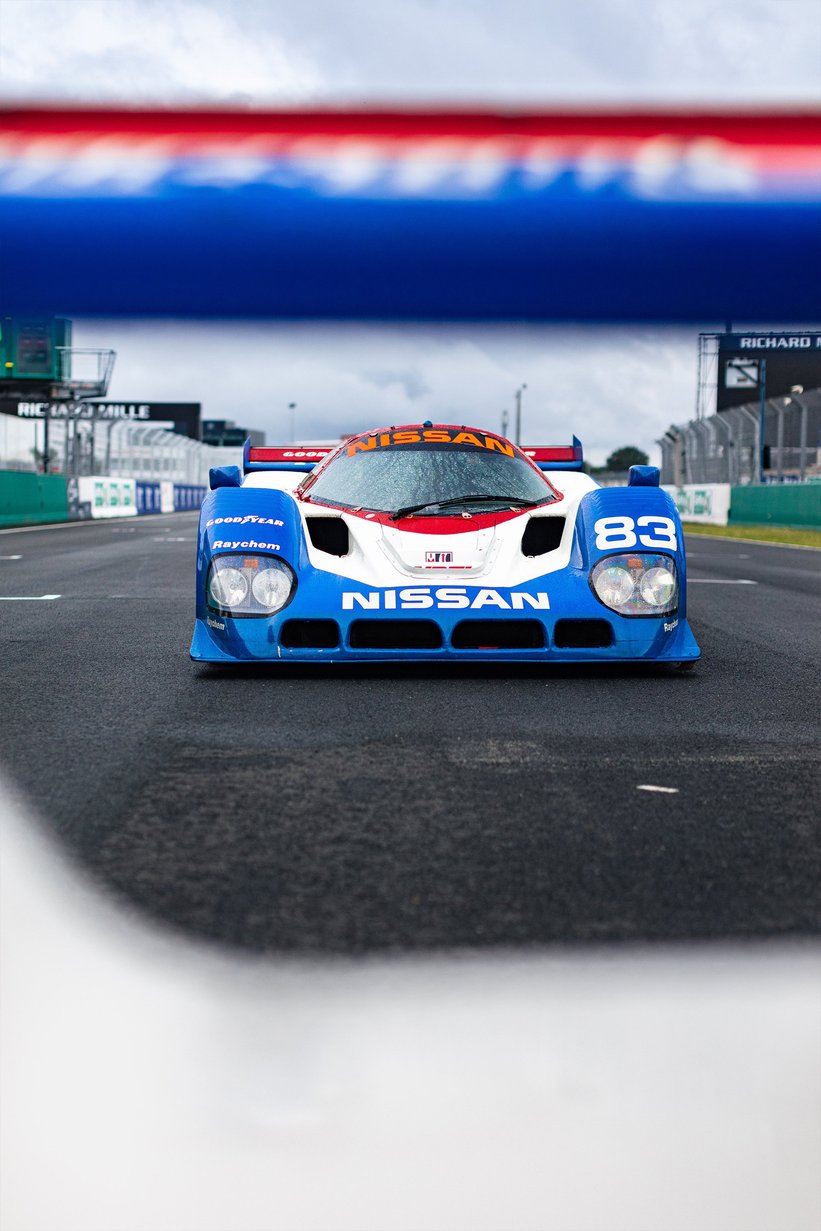
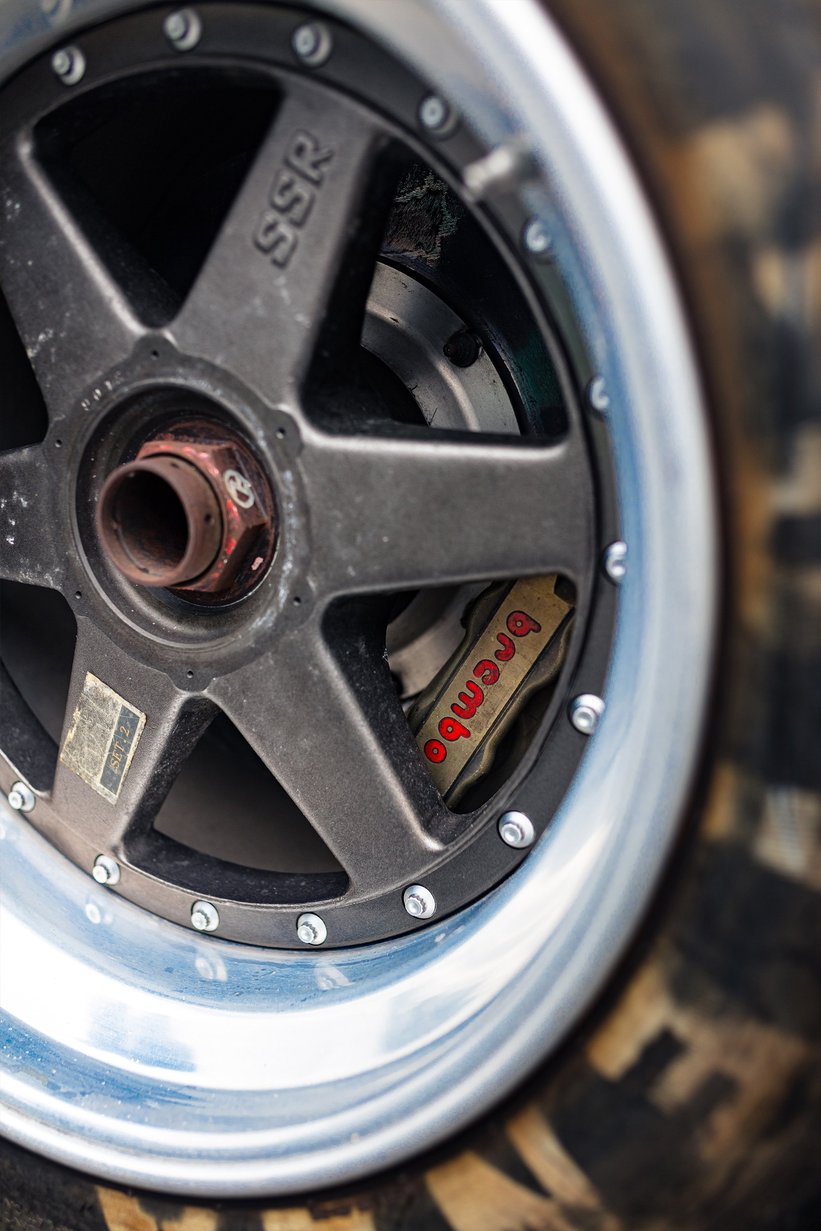
At that time, Nissan already had a long history with Le Mans, since they entered two cars in each edition from 1986 onwards, but 1989 saw a real change. Xavier fills us in: "In 1989, Nissan's racing department, Nismo, entered three radically new cars, the R89C. For the first time, Lola developed the chassis instead of March. The R89C exceeded 385 km/h thanks to its aerodynamic lines, a huge amount of downforce, and a 3.5 litre V8 engine coupled with two IHI turbochargers, achieving 800 hp.”
This engine has a long and eventful history, as Xavier tells us, "Between different versions, this engine has had an incredible history! It powered the R90C as early as 1990, and you can even find a newer version in the Nissan R390 GT1 from 1997. McLaren then bought it from TWR after the GT1 program. With new evolutions, this engine took place in the McLaren MP4-12C, the 720S and even in the P1! Who knew the P1 is powered by an engine born in 1989 at Nissan?”
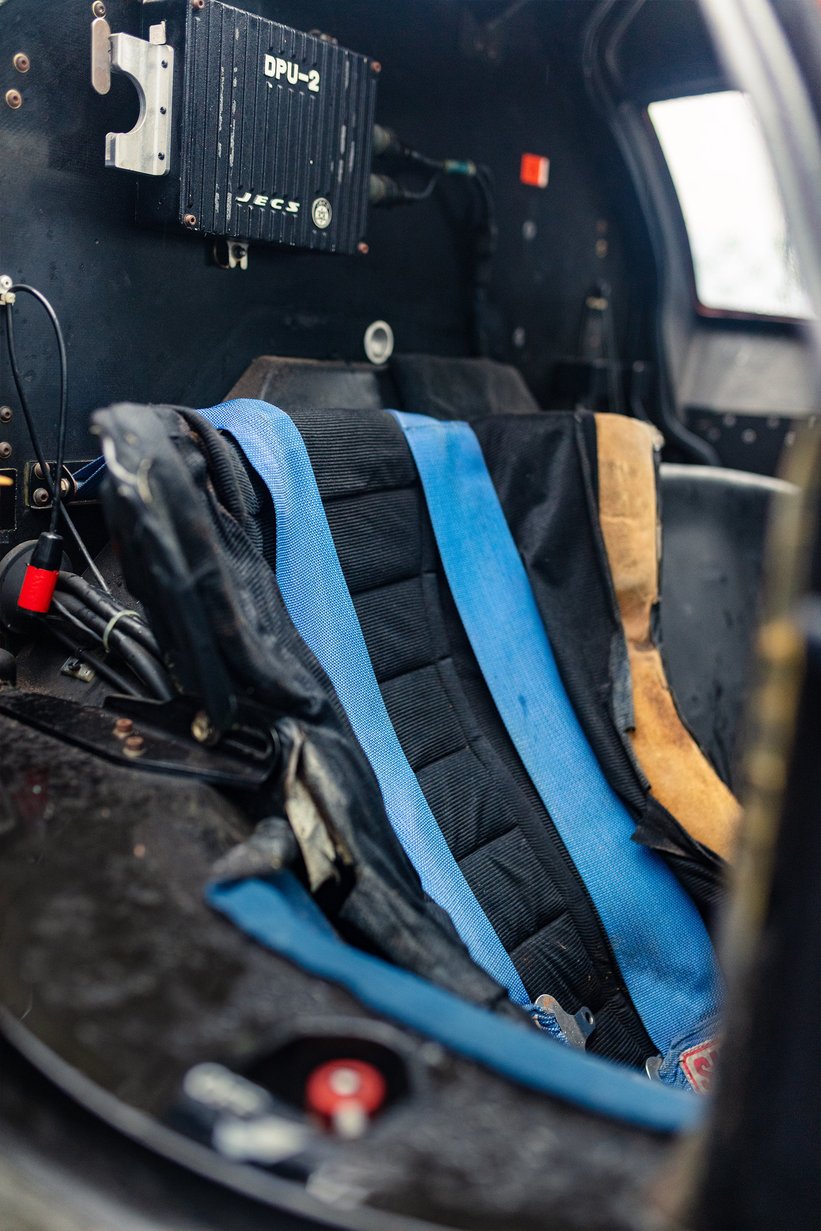

With such a competitive car, Nissan had great ambitions for Le Mans 1989 and Ascott Collection’s #R89C-01 was part of the challenge. It had already reached 386 km/h in Arizona and had finished 15th at Dijon. At Le Mans, the trio of Bailey, Blundell, and Donnelly set a very good time of 3'24''09, reaching 380 km/h at top speed. Twelfth on the grid, Julian Bailey went for a smashing start, passing all his rivals one by one, until he was fighting for second place with Nielsen's Jaguar! But a collision with another car at Mulsanne brought his race to a halt after five great laps. The other two Nissan R89Cs met a similar fate after 167 and 250 laps respectively.
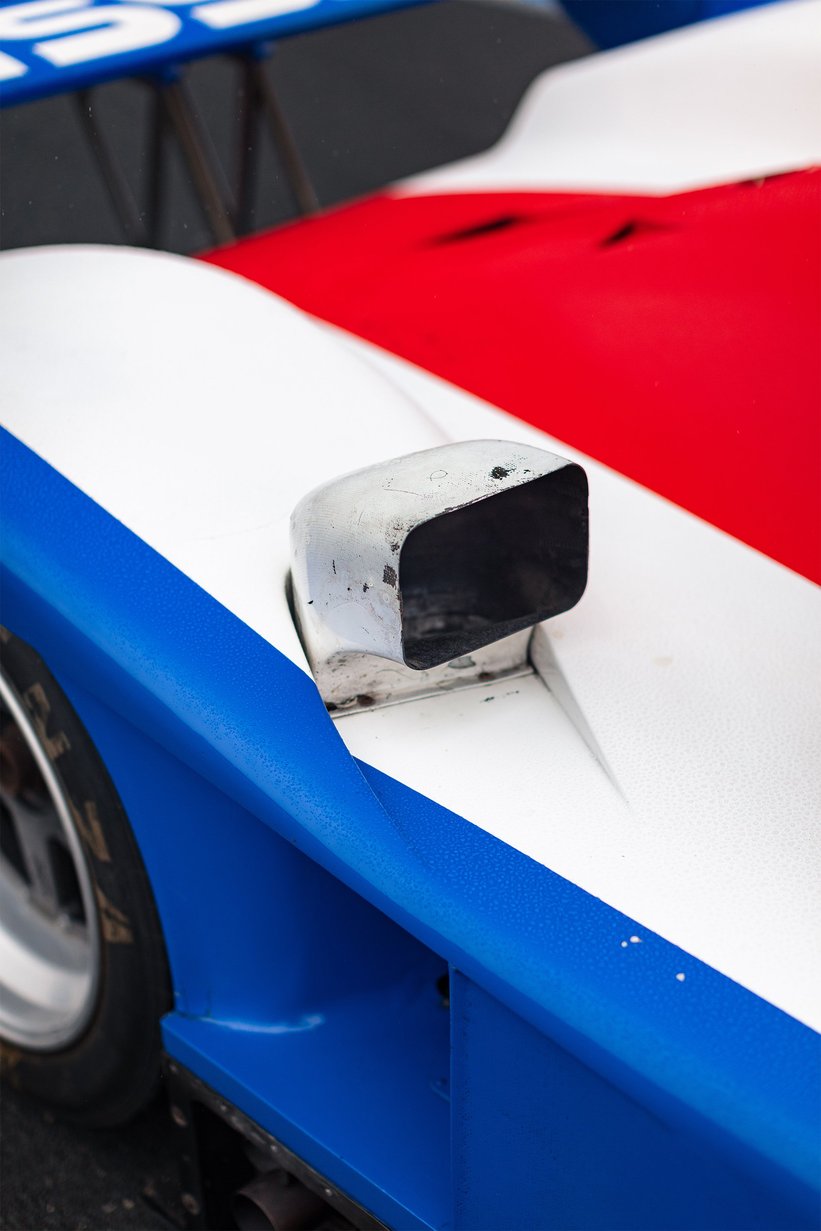

Xavier adds, "Needless to say, Nissan wanted to take its revenge for the 1990 edition. So they came back that year with seven cars, including five official factory cars! It was a real Nissan year as one of their cars was the star of the official poster and one of the Mulsanne straight’s two chicanes officially took the name of the "Nissan chicane"!
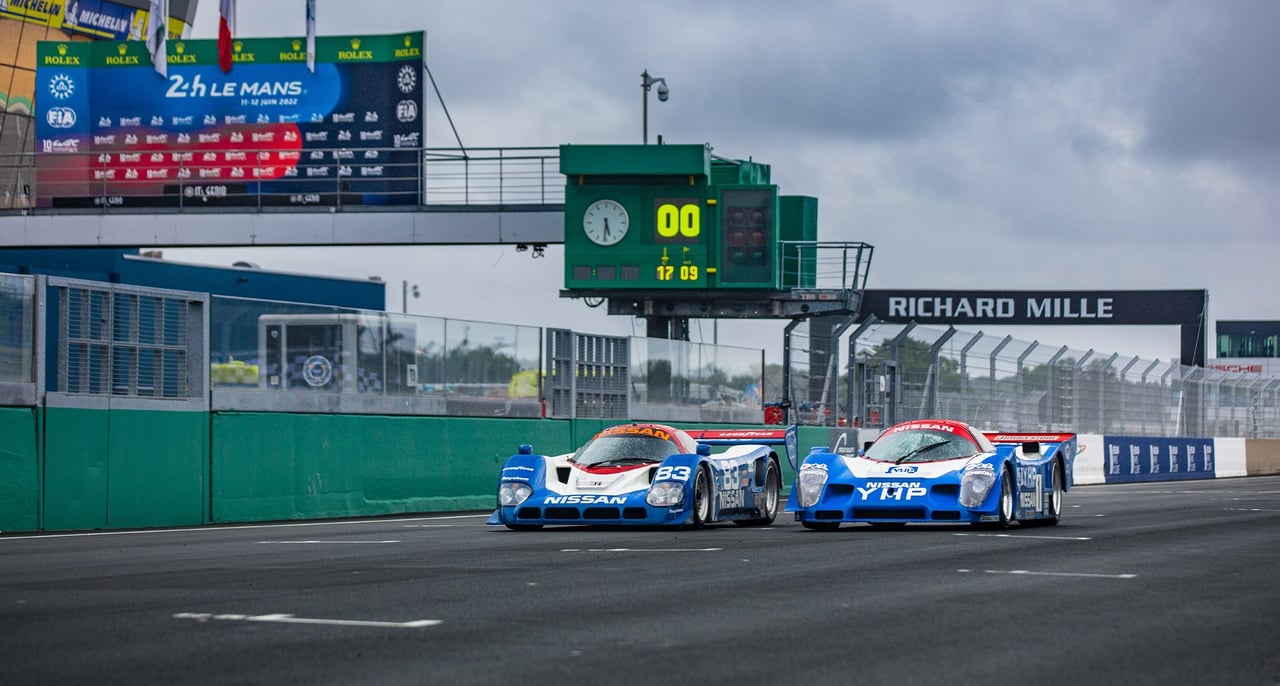
Among the seven cars, the #R89C-01 came back with many improvements under the colours of the private team Courage and crossed the finish line at the 22nd position. The car made a final appearance at the Fuji 500 km race, where it proudly wore the number 01 to celebrate the Japanese championship title won a year before. The car finally became part of the Nissan Heritage Collection, retaining its livery and racing marks.

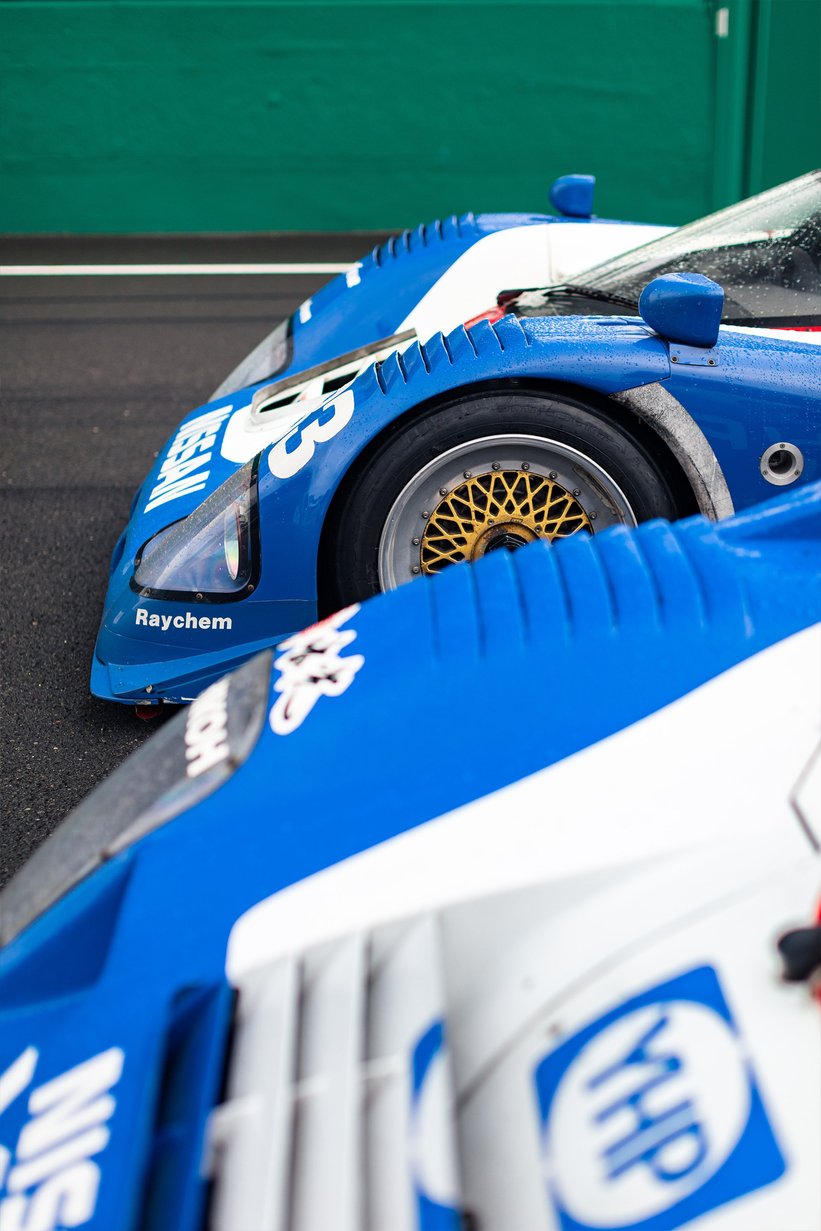
Le Mans 1990 also saw the introduction of the innovative R90CP. The chassis #1, racing under n°23 is known for being the first car ever to have raced Le Mans with carbon brakes. On the R90CK, K stood for 'Kae' ('improvement' in Japanese), everything was designed for performance. Xavier explains: "The performance of the R90CK is out of the ordinary with speeds close to 400 km/h and the pole signed by Mark Blundell at Le Mans in 3'27''020, the same time as actual hypercars!” He then adds, "With 1128 hp, the Nissan R90CK holds the record as the most powerful car entered at Le Mans; it is also known for achieving the highest straight-line speed on the Mulsanne Straight following the installation of the chicanes. Blundell reached a speed of 366 km/h (226.9 mph) during qualifying when the twin-turbo system's wastegate was stuck shut, leading the engine to produce well over its regular output of 800 bhp.”
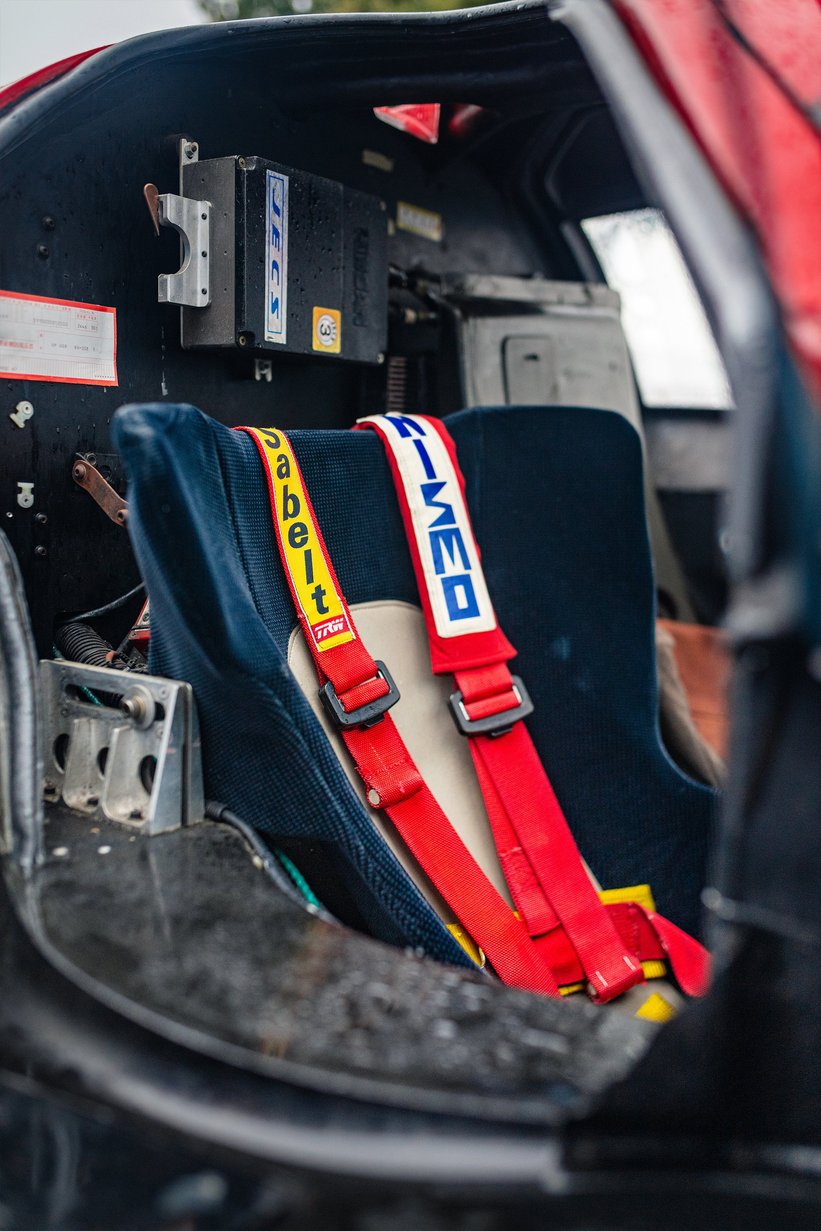

For the record, Blundell deliberately disobeyed the order to return to the pits as he wanted to attempt a very fast lap. He ended up in pole position, more than 6 seconds ahead! On the way back to the pits, he was met with lot of smiles, but also a few looks for his lack of discipline.
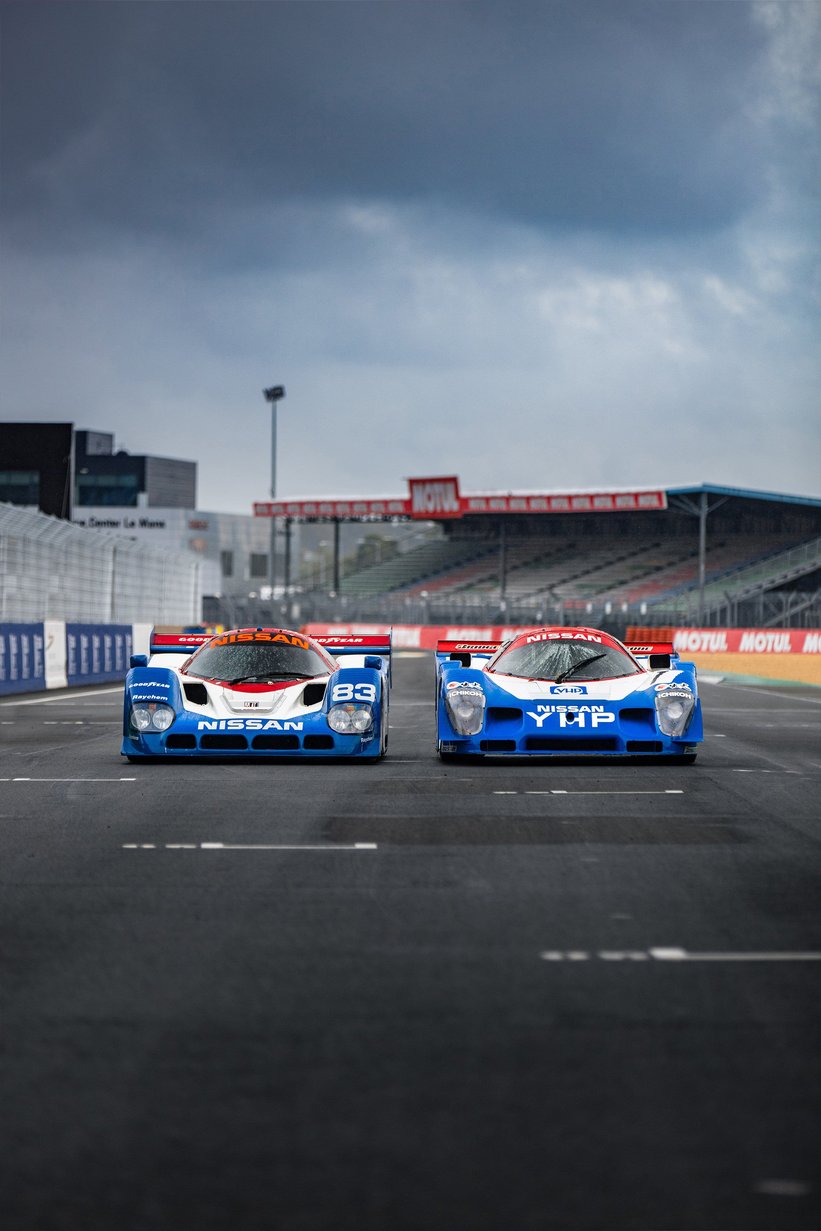
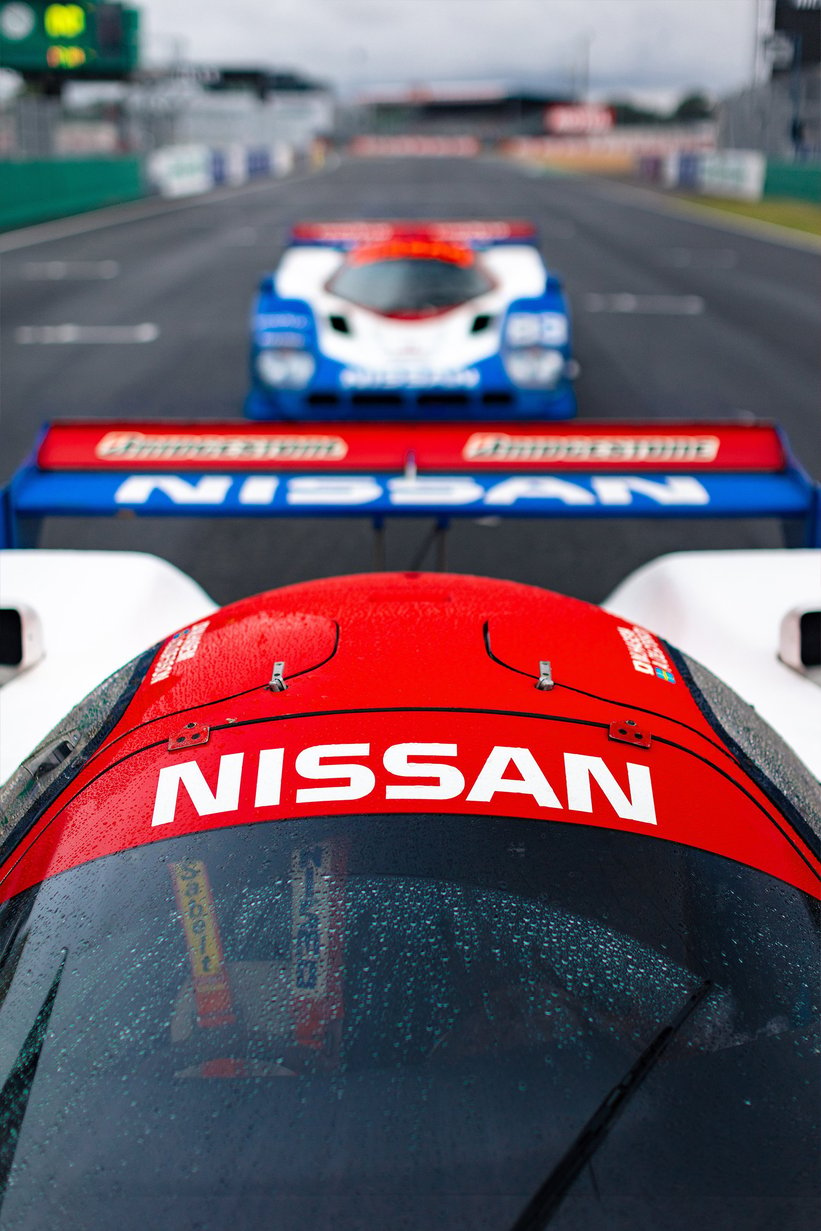
As the first Japanese brand to start from pole position, Nissan was full hungry for the win come D-Day. Alas, the Sarthe’s track proved to be unforgiving that year, and out of the five factory cars, only two finished, in 7th and 17th position. The Ascott Collection’s Nissan R90CK Rev #R90-C-005 was one of the cars that had to give up due to a fuel leak, a frustrating result given its start in fourth position.

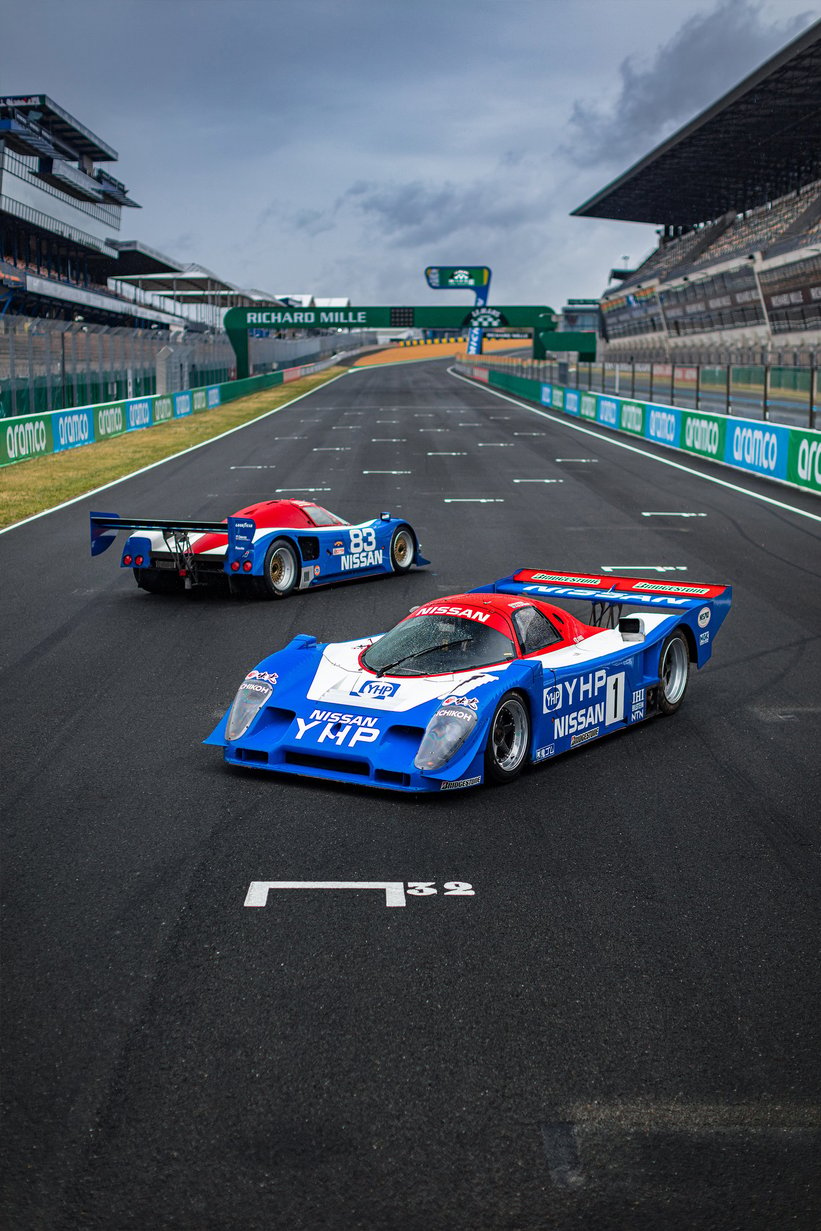
The 24 hours of Daytona offered the R90CK its first victory in 1992, after having finished third the year before. While Ascott Collection's R90CK was forced to retire in 1991, after qualifying in fifth place in 1992, the car was unfortunately denied a start that year due to a fuel leak. Following the unfortunate result, it was retired to the Nissan Heritage Collection. More than thirty years later, Xavier Micheron expects to find the fuel leak still present when they get to fully inspect the car’s mechanicals!
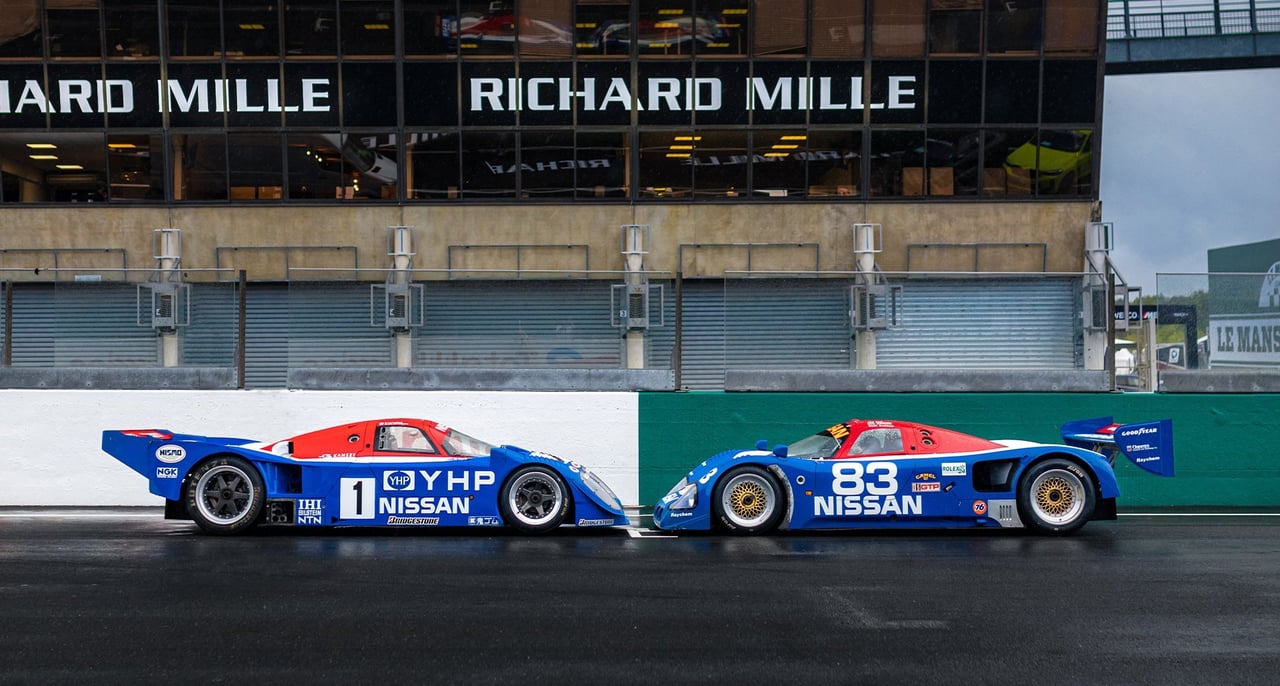

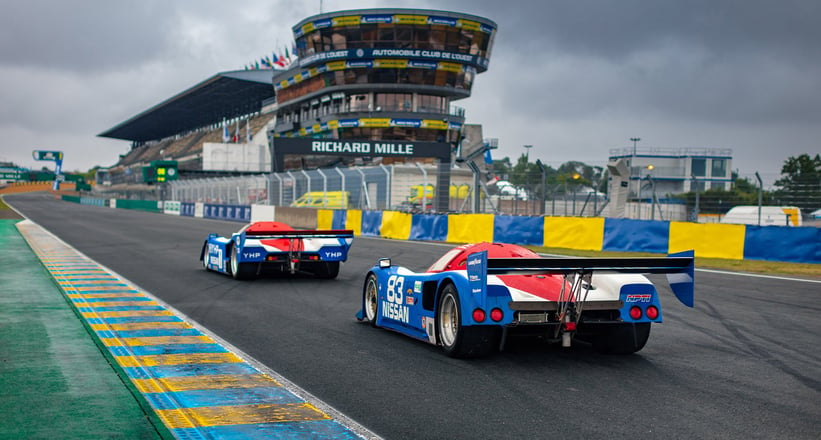
After this weekend’s Le Mans Classic, both cars are due for a full mechanical restoration and restart. First, the full carbon chassis will be stripped down to bare metal before a detailed inspection of all parts will be carried out using an X-ray machine. Then both cars will be fully reassembled, while preserving the bodywork as much as possible. The count down to 2023 Le Mans Classic Gr. C race has already started, and we can’t wait to hear these two car engines roar again in La Sarthe. Next year’s edition will be very special indeed, since it will celebrate 100 years of racing achievements in Le Mans, in which Nissan has a very special place.
Photos by Kevin Van Campenhout



























